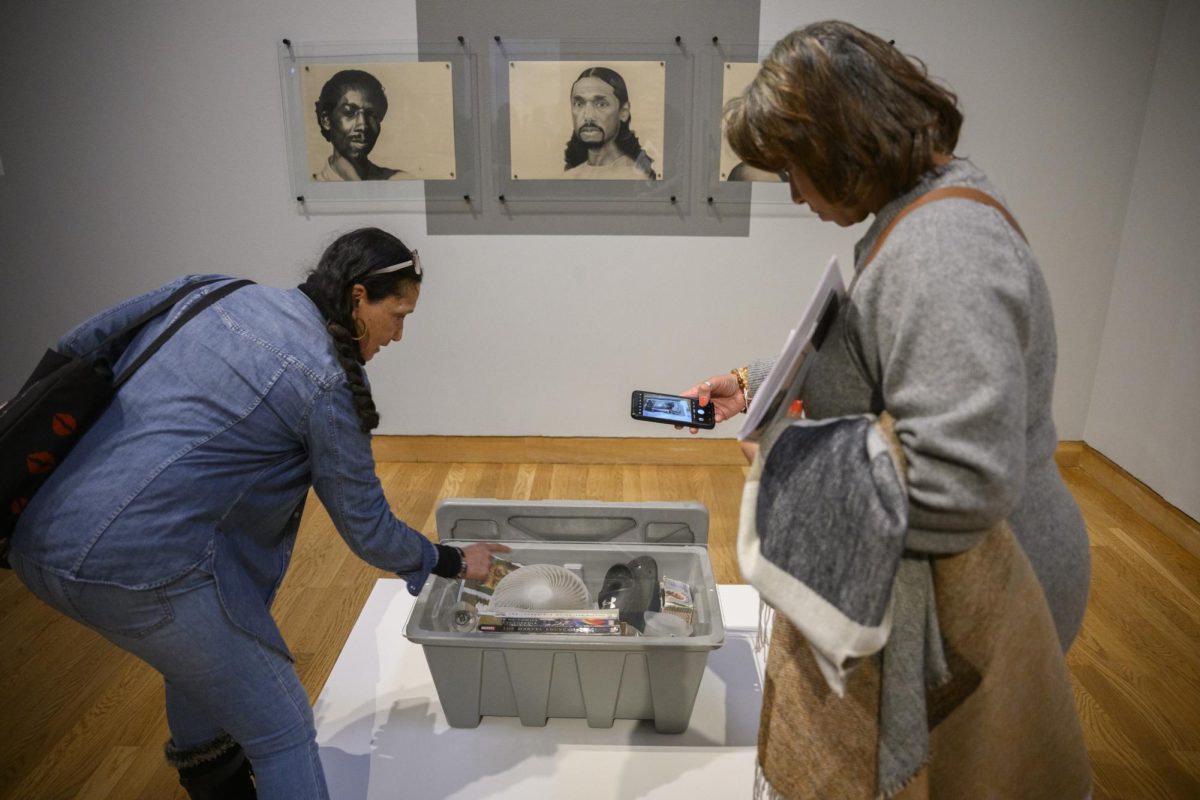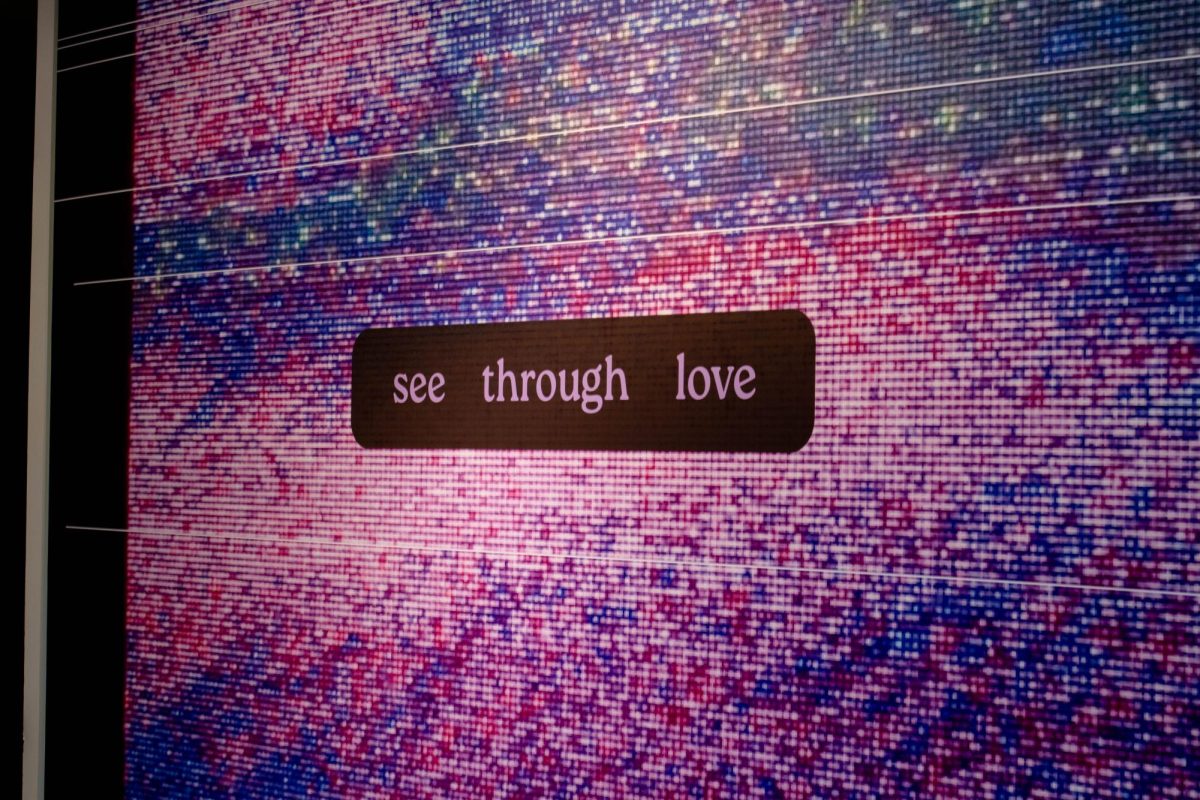The transition from student to professional is difficult in any area of study but especially in the performing arts.
Ballet Arts Minnesota, though, has a solution to that. Springboard Dance, an intensive dance program, focuses on making the transition easier for these young dancers and allows them to earn high school credit at the same time.
Bonnie Mathis, Ballet Arts Minnesota’s artistic director, co-founded the program six years ago.
“The dance students used to come in for class at about 4 p.m. after a full day of school and dance until 8 in the evening. They were exhausted,” she said.
But the program’s dancers make arrangements with their schools to attend academic classes in the morning and start dance technique in the early afternoon.
“They can go to school and dance classes but still be home fairly early,” Mathis said.
The number of dancers varies from year to year. These 10 female and two male dancers range in age from 15 to 23, but the majority of them are juniors and seniors in high school. The students’ training is rigorous: They dance six days a week. Each day consists of a two-hour technique class and up to two hours of rehearsals afterward.
In the years since the program’s inception, Springboard Dance dancers have performed with the James Sewell Ballet, the Minnesota Orchestra and at the Southern Theater. Miniatures: New Dances for New Dancers features works by numerous choreographers, including Carl Flink, a professor in the University theater arts and dance department.
The program is heavy on classical ballet technique, of course, but the dancers are not restricted to the stereotype of women in pointe shoes and tutus being paraded around by men in tights.
“Classical ballet gives the students a good foundation, but they can transfer the classical elements to jazz and modern,” Mathis said.
Miniatures: New Dances for New Dancers is a series of ballets that are each approximately eight to 10 minutes long and vary in style from classical pieces to contemporary and modern choreography. Choreographers have come from dance companies nationwide to work with these dancers, and the significance isn’t lost on Mathis.
“The biggest thrill is watching the students working with these choreographers and listening to them,” Mathis said. “The students get the chance to work with different mentors, so they can see the varying styles and adapt the movement to their bodies.”
It’s a hard-knock life for artists, but the people behind Springboard Dance hope to help soften the blows a bit for these young dancers.







